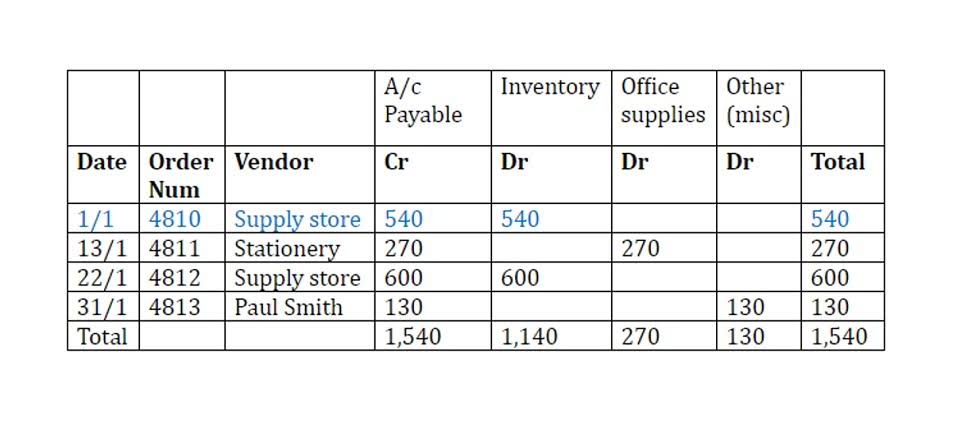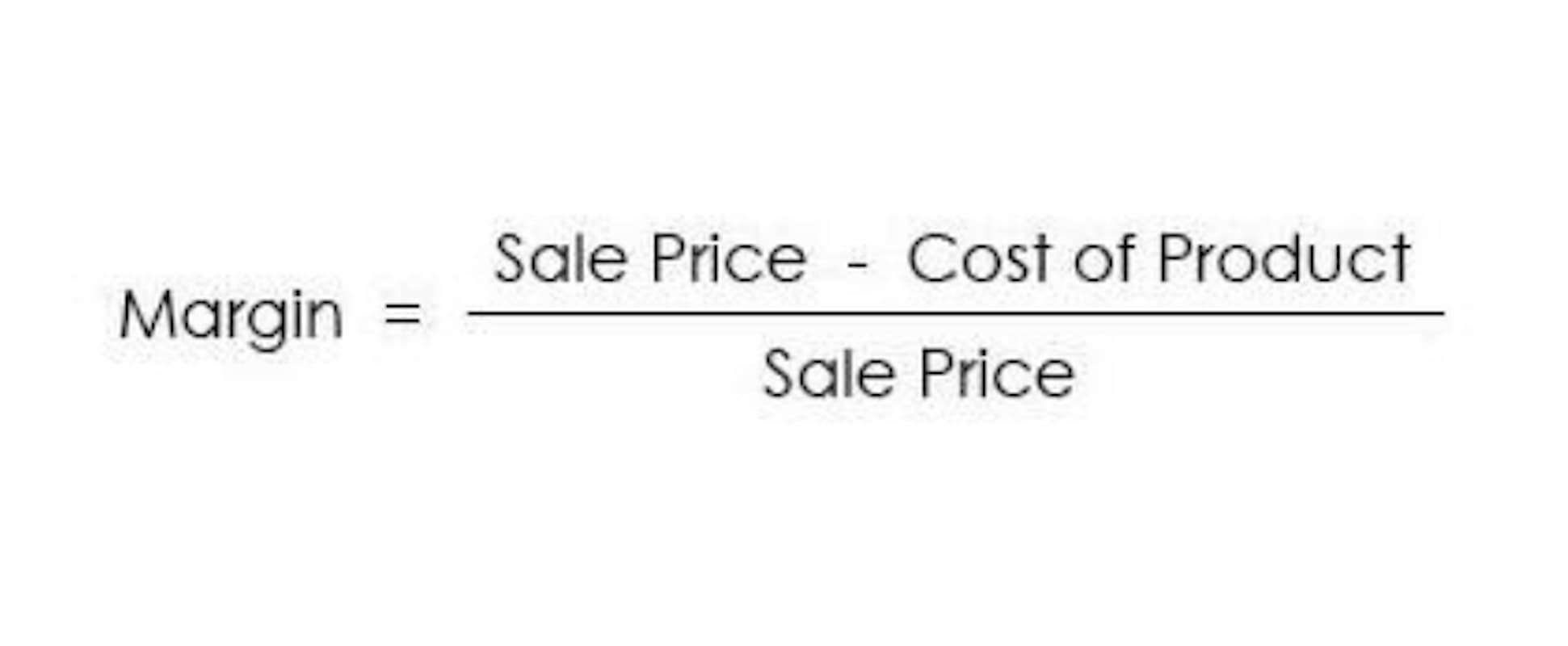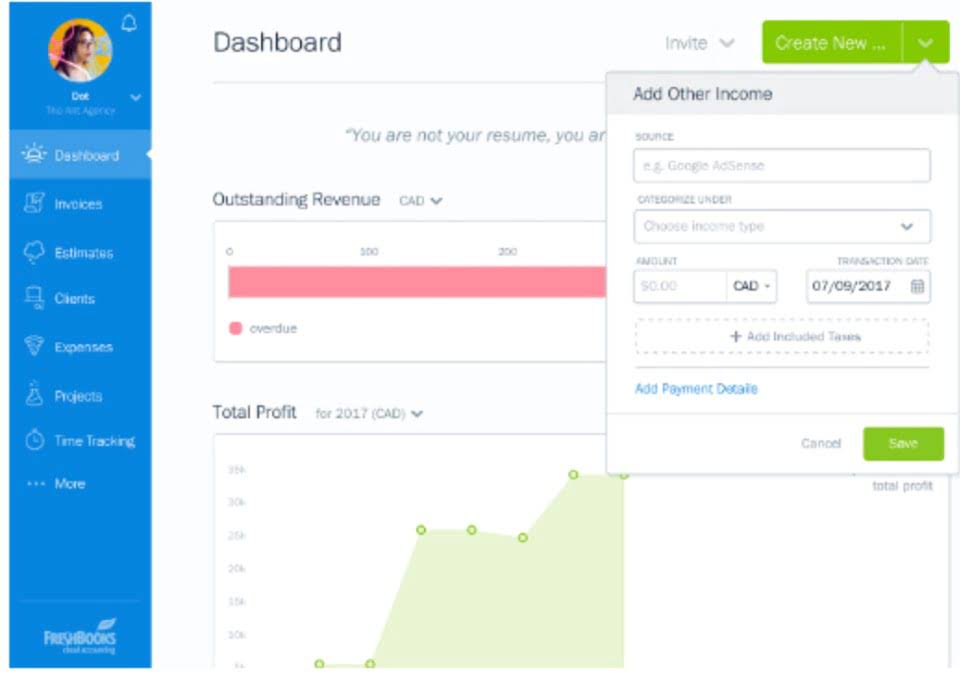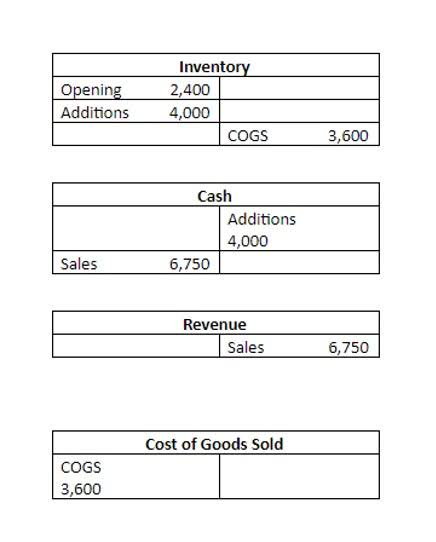In order to obtain information on this issue we reviewed veil piercing cases for 2013 according to a coding metric used by a prior and prominent study of veil piercing.31 We found twenty-six cases where the issue was raised. The average number of shareholders in successful cases was 1.33 while the maximum was two. In addition, one of the core principles of corporate law is the protection of minority shareholders.
U.S. Government employees at the customs office picked up on the problem when they opened the package of cuneiform tablets that had been labelled as hand-made tiles. Unsurprisingly, the U.S. government was less than impressed by Hobby Lobby’s smuggling, which is why the private corporation was eventually forced to settle. It had to surrender the Iraqi artifacts that it had purchased, which were returned to the Iraqi government. Furthermore, it had to pay $3 million in fines, which is in addition to a requirement that it keep a watchful eye out for some of the Iraqi artifacts that never made it into their hands.
The court concluded that the ACA’s contraceptive mandate imposed a “substantial burden” the Green family’s (owners of Hobby Lobby) religious beliefs and that it did not meet the “compelling state interest” standard required to justify the burden. Hobby Lobby, an American craft store chain, got in trouble for violating the U. Law that required employers to include contraception in their employee health insurance plans. The U. S. Supreme Court ultimately decided in favor of Hobby Lobby in 2014 in a landmark ruling that triggered immense controversy over the rights of employers to refuse certain types of health care coverage. Various irrevocable trusts and limited liability companies obscure specifics around intra-family ownership.
The evidence and messaging suggests Hobby Lobby has zero intention is hobby lobby publicly traded to someday invite public investment. With no pressures or cracks in the formidable foundation David Green built, Hobby Lobby seems poised to thrive for years as one of America’s largest private companies. Given the runaway success of Hobby Lobby under their current model, the company shows no signs of pursuing a public stock offering. Access to external capital or liquidity for shareholders lacks urgency thanks to excellent cash flow and no outside investors.
Real Estate Strategy and Market Expansion
With that said, it is interesting to note that this wasn’t always the case. In short, the earliest Christians inherited the concept from the Jews, which is why they treated the seventh day as the day of rest. It proved to be so successful that David Green had to relocate its operations from a 300-square-foot premise to a 1,000-square-foot premise.
Revenue Streams
By understanding The Michaels Companies Business Model Canvas, one can see how the company effectively combines its resources, activities, and partnerships to deliver value to its diverse customer base while maintaining a strong market presence. Email addresses of our attorneys are not provided as a means for prospective clients to contact our firm or to submit information to us. By clicking “I ACCEPT,” you acknowledge that McNees Wallace & Nurick LLC has no obligation to maintain the confidentiality of any information you submit to us unless we already have agreed to represent you or we later agree to do so.
Final Thoughts: Hobby Lobby Stock
It can march to the beat of its own drum, closing on Sundays and vocally opposing birth control coverage. In conclusion, The Michaels Companies stands as a formidable player in the arts and crafts retail industry, with ownership currently held by private equity firm Apollo Global Management. Guided by its mission statement, “to inspire and enable customer creativity,” Michaels leverages a diversified revenue stream encompassing in-store and online sales, custom framing services, and an array of private-label brands. In other words, Americans have the right to hold religious beliefs and the government cannot force them to act in ways that violate those beliefs. The benefits provided by the Act—generally available and affordable health insurance—are fungible, intangible goods that can be provided by either the public or private sector.
Is Hobby Lobby a Mormon company?
Hobby Lobby is a titan of the arts and crafts retail industry, boasting over 900 stores across the United States and $5 billion in annual revenue as of 2020. From humble beginnings as a single store in Oklahoma City in 1972, the company has grown into a nationwide chain and a go-to destination for crafting enthusiasts, DIY decorators, and holiday shoppers. Notwithstanding the hallmark importance of separate corporate identity, state corporate law does not always treat the corporation as distinct from its shareholders. This case was the first time the court granted corporations the same religious protections as are given to individuals.
- On a separate note, some people might remember Hobby Lobby for a case it was involved in that went to the Supreme Court.
- By evaluating Hobby Lobby‘s history and motivations, it becomes clear why they have resisted the public markets despite their size and financial success.
- Hobby Lobby has gone to great lengths to ensure that their employees understand and follow the religious values of the business, with the belief that this will help them provide customers with a more meaningful shopping experience.
- During key seasonal periods like Halloween, Christmas, and back-to-school, the stores stock themed products that attract a surge of customers.
- An IPO or sale to another company could also make sense if Hobby Lobby‘s growth starts to slow and it needs an injection of outside capital.
Regardless of where one stands on these disputes, the freedom to chart their own course stems from private ownership. For now, the founding family retains control over strategic direction. The company stirs controversy at times by fighting legal battles to uphold religious stances. Most notably, a Supreme Court case debated whether the Affordable Care Act could require coverage for contraception against their conscience. Our commitment to delivering top – notch, engaging, and business – centric content is what sets us apart. We aim to be the go – to destination for industry – leading news, in – depth analysis, and practical advice.
We teach day trading stocks, options or futures, as well as swing trading. Our live streams are a great way to learn in a real-world environment, without the pressure and noise of trying to do it all yourself or listening to “Talking Heads” on social media or tv. Etsy surged in popularity during the pandemic as a do-it-yourself online marketplace that served to help small businesses and side hustles.
Now that the court has recognized that corporations have religious exercise, the door has been opened. 27 The principal dissent points out that “the exemption codified in §238n(a) was not enacted until three years after RFRA’s passage.” Post, at 16, n. The dissent takes this to mean that RFRA did not, in fact, “open all statutory schemes to religion-based challenges by for-profit corporations” because if it had “there would be no need for a statute-specific, post-RFRA exemption of this sort.” Ibid. This argument fails to recognize that the protection provided by §238n(a) differs significantly from the protection provided by RFRA.
- By staying private, the Greens can ensure that their religious beliefs remain at the core of the company‘s identity.
- Our watch lists and alert signals are great for your trading education and learning experience.
- Those three cases are all “Catholic” corporations that oppose the entire spectrum of birth control and had asked for an injunction against the ACA’s contraception mandate pending a lawsuit against it.
- As a result, it should come as no surprise to learn that he has been rather political in public.
Other businesses have already begun trying to apply the Hobby Lobby decision to say they don’t have to comply with regulations that forbid businesses from discriminating against LGBT employees. In response, Congress passed RFRA, which stated even if a law is generally applied and doesn’t target a religious practice, if the law substantially burdens a person’s exercise of their religion, courts should apply the more rigorous analysis known as strict scrutiny. The company is known for proclaiming its Christian mission through religious symbolism such as the Bible verse “Trust in the Lord with all your heart and lean not on your own understanding” displayed on the front entrance of all of its stores. The closely held company had taken the unprecedented legal steps of suing the U. S. Department of Health and Human Services (HHS) to challenge the constitutionality of the Affordable Care Act’s (ACA) contraceptive mandate.
Let‘s analyze Hobby Lobby‘s ownership structure, motivations, and options as a massive private retailer. In 2024, Hobby Lobby stock remains completely owned by founder David Green and his family. The company does not trade on any public stock exchange or have an IPO in the works. Even if the court were to decide the broader issue — whether any for-profit corporation can seek RFRA’s protections — it would not solve the follow-up question of whether those corporations would receive the protections for any given claim. WASHINGTON — The Supreme Court heard oral arguments Tuesday for the explosive Hobby Lobby case, often covered as a case only about whether employers must provide their employees with contraception coverage. WHYY is your source for fact-based, in-depth journalism and information.
This decision comes from the company’s religious beliefs that certain birth control methods such as the IUD and the morning-after pill are considered abortion-inducing. While the company was founded by Mormons, it is not an officially Mormon-owned company. Hobby Lobby is a craft and hobby store chain based in Oklahoma City, Oklahoma, united States. The company was founded by entrepreneur David Green in 1972 and has been a part of the retail landscape ever since.



































